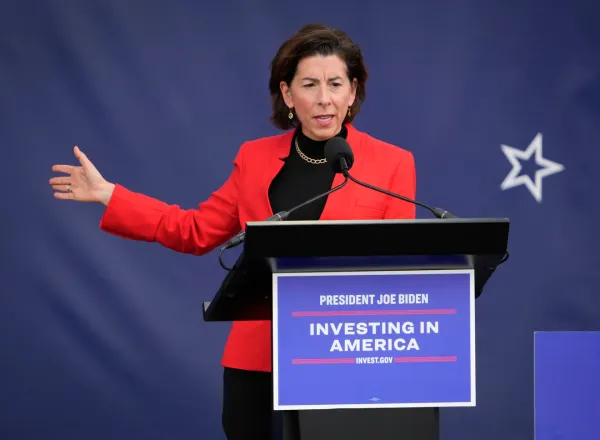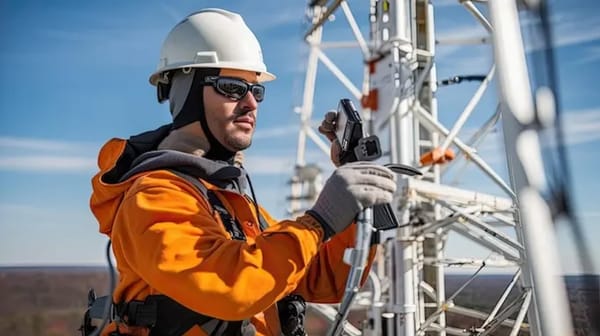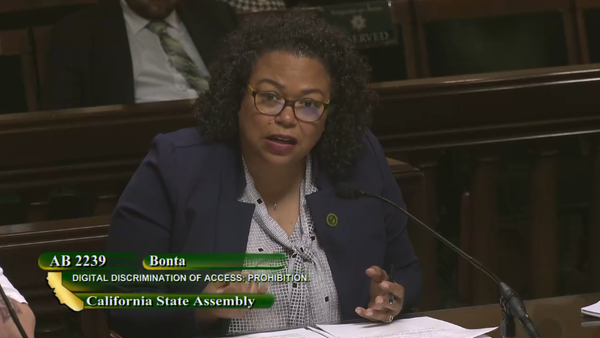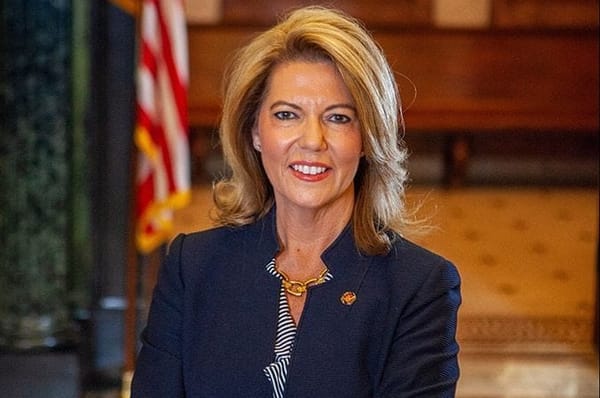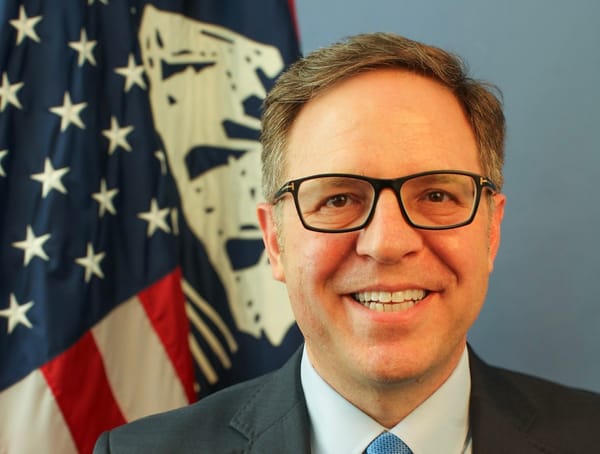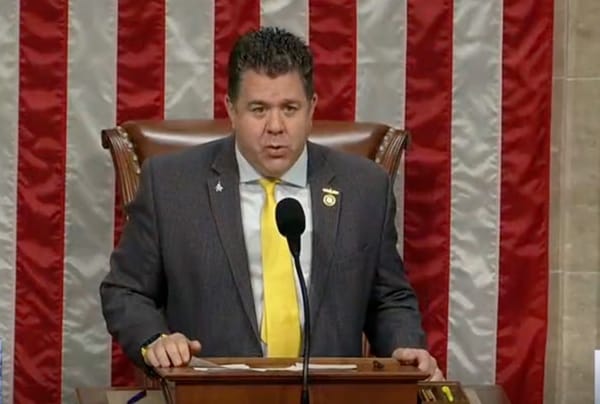Verizon Expands 5G, U.S. And E.U. Diverge On Facial Recognition, New Drone Regulations
Verizon is expanding 5G in California and Texas, the U.S. and E.U. see differently on facial tech, FAA drone rules.

April 21, 2021—Verizon plans to expand its 5G Ultra Wideband to additional cities in California and Texas on Thursday.
California cities of Fresno, New Orleans, and Riverside, as well as San Antonio, Texas will get the service, which will cap Verizon’s coverage at 33 cities, dubbed “5G Home Internet cities.”
Beginning on April 29, new customers may qualify for up to $500 to cover cancelation fees when switching to Verizon’s 5G Home Internet, as well as a Samsung Chromebook 4. Verizon is also offering to bundle in a free Stream TV device with Discovery+ for 12 months at no cost.
Those switching to Verizon internet who already have a mobile plan will have plans start at $50, while those without will start at $70.
This level of expansion was made possible following Verizon’s positive performance in the FCC’s C-Band Auction, where it picked up more than 3,500 licenses at $45.5 billion dollars.
The E.U. and U.S. diverging on facial recognition technology
On Tuesday, federal investigators arrested Stephen Chase Randolph for allegedly playing a role in the storming of the Capitol on January 6.
Photographs and videos of many people of interest were disseminated by law enforcement with the hopes that people would come forward with information. Though this has been the cast for some, Randolph was not turned in by a fellow human — according to the FBI, Randolph was identified on his girlfriend’s Instagram account by an “open-source facial comparison tool.”
This eventually led the FBI to Randolph’s social media accounts, his location, and culminated in his arrest. Randolph’s arrest is not unique, however. He is just one of many persons of interest who have been identified by artificial intelligence for a potential role in the unrest in DC.
Ethical questions regarding AI and facial recognition are not new, but while the federal government appears to be comfortable leaning on the technology when it suits its efforts, the European Union appears to approach the technology with greater caution.
Back in January of 2021, the European Parliament released a report that mulled the use of facial recognition and other biometric technology by the military, healthcare, and justice sectors. This came ahead of the recent news reported by Ars Technica that E.U. regulators are reportedly in the process of drafting legislation that would significantly curtail the use of facial recognition by European authorities.
As facial recognition technology improves, privacy and security advocates have struggled to strike a balance between their prerogatives. Though many advocates concede that facial recognition should perhaps be allowed in extenuating circumstances like missing children or terrorist attacks, it may be difficult to determine whether it should be used for instances like those that occurred in DC on January 6.
Drones to see additional regulations
The regulatory landscape for drones is set to shift as the Federal Aviation Administration plans to implement a new section to its rules for both operators and designers.
Part 89 is a new component to the FAA’s rules that will seek to integrate unmanned aircraft into US airspace, and more fully recognize the significance of the roles that drones play in the American economy.
Among other things, it will require drone operators and designers to utilize remote ID technology that allows a drone to broadcast its relative position, unique ID signature, and other important in-flight information—much like commercial aircraft are required to do.
Designers will also be required to give their drones serial numbers, a means of compliance, a declaration of compliance, and sufficient labeling that indicates that the equipment in question is compliant with Part 89.
Though flying drones may have once seemed reserved to hobbyists and the military, the market for commercial drones has exploded in recent years, going from a mere $637.8 million in 2015 to becoming an industry valued at more than $10 billion today, as its use extends to multiple industries including agriculture, and delivery and emergency services.


